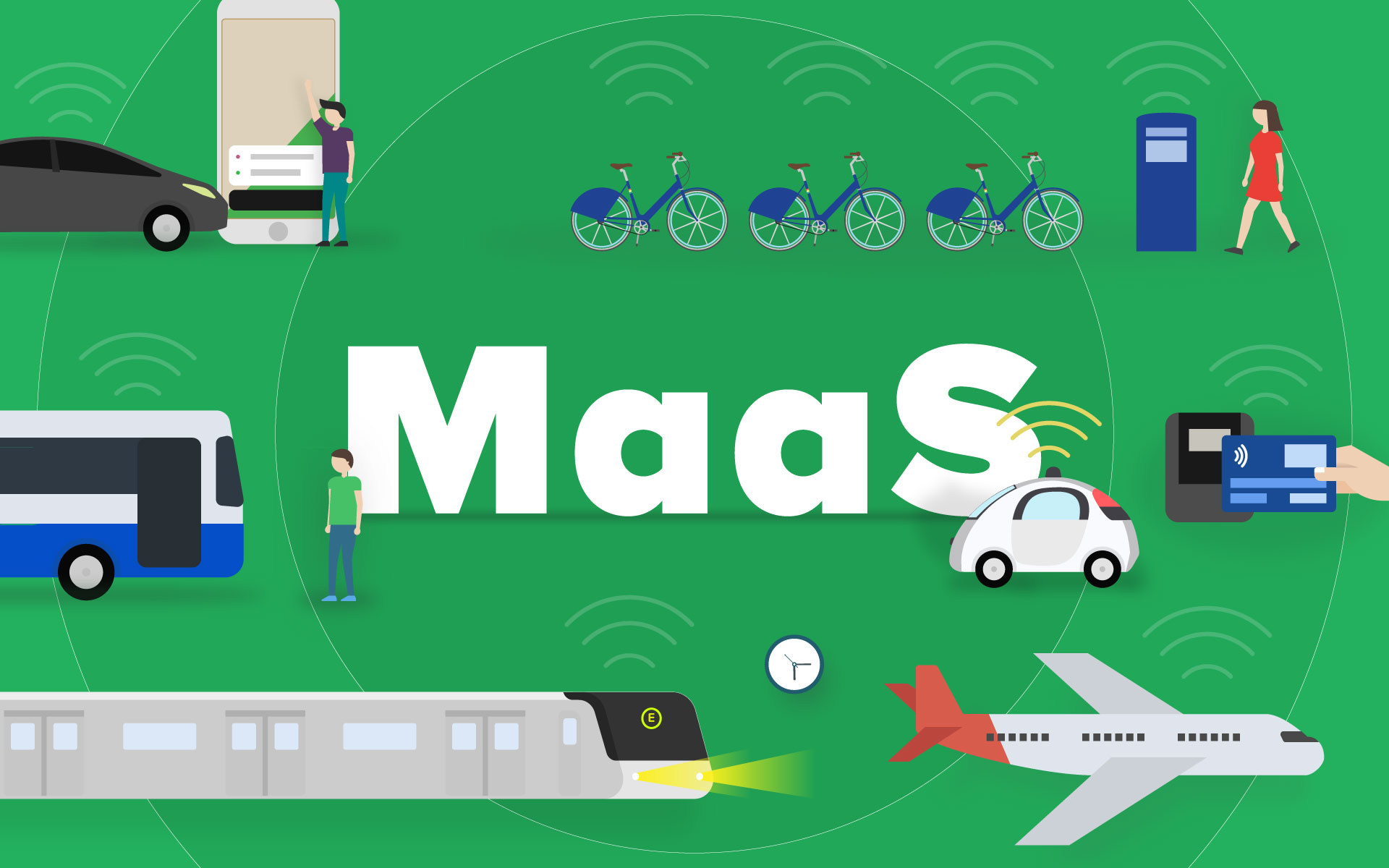Mobility as a Service - Notes from TU Auto Detroit 2017

Image credit: SkedGo
On June 7th, I had the chance to stop by TU Auto Detroit 2017. I wish I could’ve attended more sessions, but the couple of talks I did attend under the Urban Mobility track had some great takeaways.
Here are some of my notes from “Carsharing and Ridesharing. Two Services, One Fleet (And Other Ways To Increase Utilization)”:
MaaS Statistics
The speaker, Mark Thomas, VP of Marketing at Ridecell, gave lots of great references to stats around autonomous vehicles (AVs) and Mobility as a Service (MaaS).
Ark Investments estimates that the autonomous MaaS market could exceed $10 trillion by the early 2030s, whereas the estimate of automotive sales is at $1.4 trillion.
Read more here: https://ark-invest.com/research/self-driving-cars
ABI Research forecasts global MaaS revenues will exceed $1 trillion by 2030.
Read more here: https://www.abiresearch.com/press/abi-research-forecasts-global-mobility-service-rev/
Evolution of Transportation
Mark talked about the evolution of transportation and how it started with traditional vehicle ownership, then car sharing developed, and then ridesharing developed. With AVs and autonomous MaaS, carsharing and ridesharing are both valid entry points.
Carsharing
upside - own and service a fleet (have control of vehicles)
downside - need to get a good customer base
similar to the airline model, need to create alliances
Ridesharing
downside - need to recruit and manage drivers
upside - good customer base
more like a monopoly, a closed system
Keys to achieving high utilization
With a breakeven point at 15% utilization, and more utilization equating to more profits, how can we get more utilization?
- Machine learning: advanced supply and demand prediction
- Operational efficiency: predictive fleet management; for example, take cars out for servicing when they're at low demand
- Multiple services: one fleet, many services; take advantage of variations of need and peak demand spikes
- Cross network: cooperate with other fleets; for example, get marketing fees for referring another company's vehicle if it's closer to the user which also gives customers a better experience
Ridecell Partnerships
Some of the companies working with Ridecell that are pretty inspiring (they did not pay me to write this):
- ReachNow by BMW (https://reachnow.com): a carshare, rideshare, residential carshare, and rental program
- GIG Car Share in Oakland and Berkley (http://gigcarshare.com/): a fleet of Prius vehicles with bike racks
- Omni by Skoda (https://driveomni.pl/): a Volkswagen dealership group in Poland that allows customers to test drive vehicles without talking to a dealer with the option to rent the car for longer than a test drive
Summary
Mark's talk stood out from the others in terms of the vast amount of information and food for thought he provided in his short 20 minute slot. It was especially helpful how he lay the groundwork with some statistics regarding MaaS and the evolution of transportation. Then, he broke down the benefits and challenges of carsharing vs ridesharing and how AVs change the playing field. He also proposed strategies on how to increase utilization.
As a society, we're moving into an exciting time for urban mobility. I think these small, what seem like pilot projects, will provide valuable data and insights into how we can scale these various modes of transportation and move into a future where everyone has access to safe, affordable, and convenient transportation.